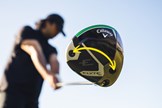This tiny driver settings tweak can gain you 15 yards – or fix your dispersion
Last updated:
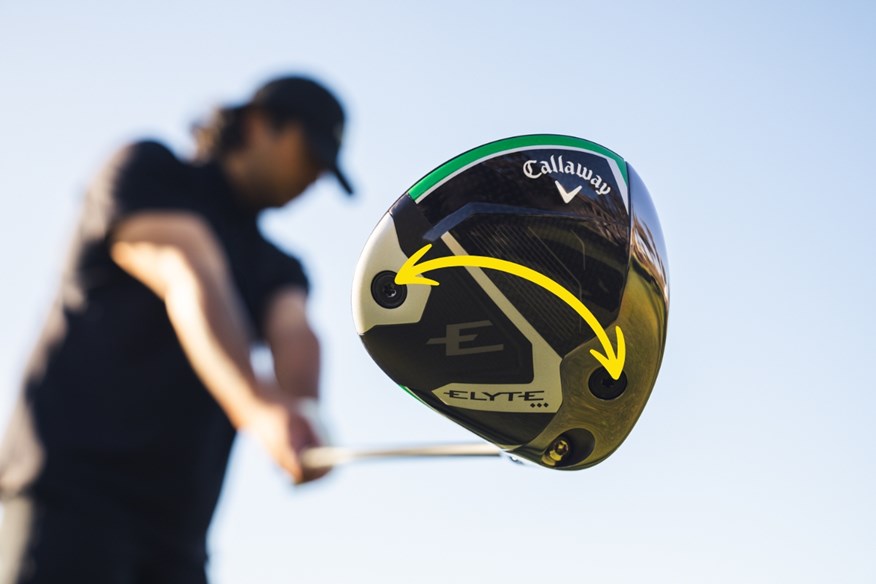
Swapping your driver’s weights might seem like a minor tweak, but our testing shows it can unlock serious gains in distance or accuracy. Here’s how to find the best setup for your swing.
Most modern golf drivers are packed with adjustability, giving players the ability to fine-tune ball flight, spin rates, and shot shape with the twist of a wrench.
Typically, you can tweak loft and lie angle via the hosel, while altering shot shape with moveable weights or tracks on the back, but one of the most impactful – and often misunderstood – adjustments is swapping the heavier and lighter weights in the head.
We put it to the test and discovered this single change can unlock up to 15 more yards of carry distance or tighten your dispersion by a massive 28 yards. That’s game-changing stuff. So… which setting is right for you?
- Most forgiving golf drivers
- Think all drivers are the same? Think again! There’s 25 yards between these two 2025 models

The weight of expectation
Most adjustable drivers come with two interchangeable weights – one heavier (10g-16g) and one lighter (2g-6g). Swapping their positions alters the club’s center of gravity (CG), which directly affects how the clubhead moves through impact.
- Heavier weight at the back: Raises MOI, adds forgiveness, helps with accuracy.
- Heavier weight at the front: Lowers spin, promotes a more penetrating flight, can add distance.
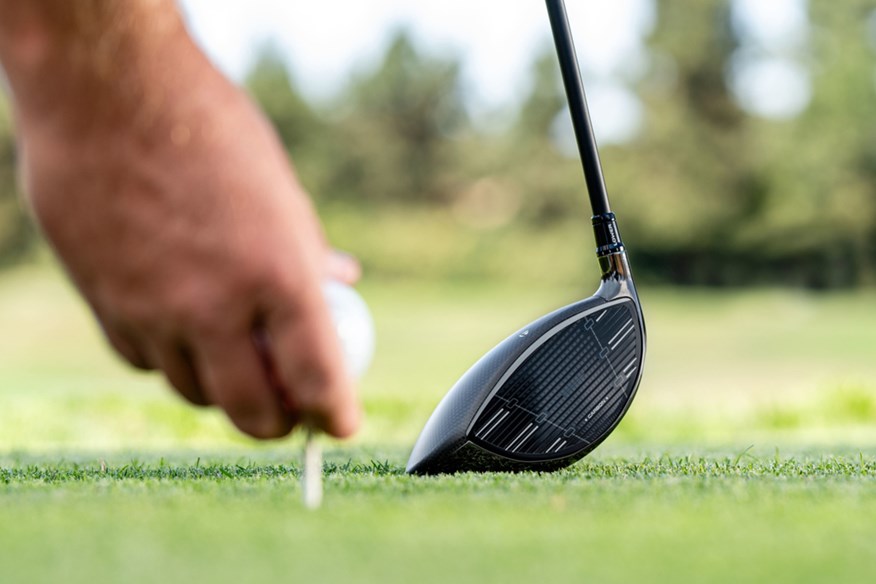
Distance vs forgiveness: The great trade-off
You can’t have it all. Dial in for distance, and you’ll usually lose a bit of forgiveness. Prioritize forgiveness, and you might give up some yardage.
At least, that’s the theory. But does it hold up in the real world?
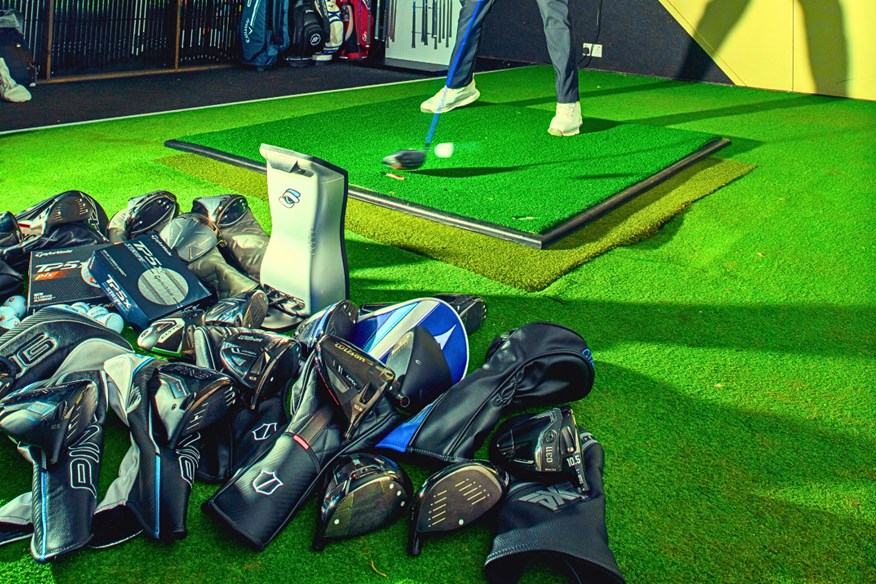
How we conducted the test
The tester
Our test pro, Neil Wain, is a very consistent golfer, having played for England as an amateur before turning pro off a +4 handicap. He’s a highly regarded player, coach, and custom fitter.
The test setup
- Launch monitor: GCQuad, a market-leading system, captured all data.
- Testing environment: Conducted indoors under controlled conditions, overseen by a former Team GB biomechanist, eliminating variables like wind and temperature changes.
- Golf ball: TaylorMade TP5, a premium ball widely trusted by professionals.
- Driver specs: Each driver was tested at the same loft with the same shaft; only the weight positions were changed.
The results
| Model | Weight forward (Carry distance) | Weight forward (Dispersion) | Weight back (Carry distance) | Weight back (Dispersion) |
|---|---|---|---|---|
| Titleist GT4 | 292.4 yards | 33.3 yards | 277.7 yards | 50.9 yards |
| Callaway Elyte Triple Diamond | 290.8 yards | 33.7 yards | 286.2 yards | 25.7 yards |
| Wilson DynaPower Carbon | 289.9 yards | 44.3 yards | 284.8 yards | 16.1 yards |
| Srixon ZXi LS | 289.4 yards | 46.8 yards | 282.6 yards | 33 yards |
| Cobra DarkSpeed LS | 287.1 yards | 34.8 yards | 284.2 yards | 32.1 yards |
| PXG Black Ops Tour | 286.2 yards | 25.4 yards | 286.4 yards | 45.6 yards |
| TaylorMade Qi35 LS | 298 yards | 23.3 yards | 284.6 yards | 39 yards |
| TaylorMade Qi35 Core | 283.7 yards | 27 yards | 275.8 yards | 17.9 yards |
| Cobra DarkSpeed X | 281.4 yards | 36.7 yards | 276.8 yards | 21.5 yards |
| PXG Black Ops | 280.1 yards | 25.6 yards | 278 yards | 41.9 yards |
Key takeaways
How much distance do you gain by moving the heavy weight forward?
- Gains ranged from 2.1 yards to 14.7 yards.
- The Titleist GT4 gained the most distance (14.7 yards), followed by the TaylorMade Qi35 LS (13.4 yards).
- Some drivers, like the PXG Black Ops, saw minimal distance gains (2.1 yards).
- Average distance gain: 7.9 yards.
How much accuracy do you gain by moving the heavy weight back?
- The Wilson DynaPower Carbon saw the biggest gain in accuracy, going 28.2 yards straighter with the heavier weight at the back.
- The Cobra DarkSpeed X tightened dispersion by 15.2 yards with the weight back.
- Average accuracy gain: 13.8 yards.
The outliers
Interestingly, four of the 10 drivers were actually straighter with the heavier weight forward.
That might seem odd, but it just highlights how much human variance matters. Even with Neil’s consistency, dispersion is always partly golfer-dependent.
Drivers are more forgiving with the heavier weight at the back – that’s a fact – but the user-controlled part will always have a strong enough influence to produce data that appears contrary to what you might expect.
Nine of the drivers went further with the heavier weight forward, and the one outlier (the PXG Black Ops Tour) was only 0.2 yards longer with the heavier weight at the back – a negligible difference likely due to human variance.
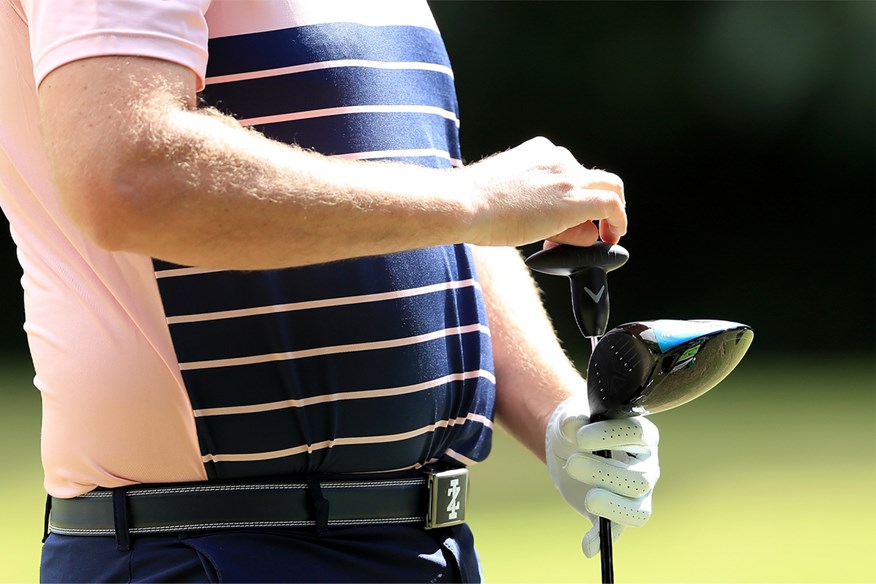
What else changes when you swap the weights?
Changing weight position doesn’t just affect how far or how straight you hit it – it also alters launch and spin.
- Weight back: Higher launch, more spin, softer landing.
- Weight forward: Lower launch, less spin, more roll-out.
So, which way round should you put the weights in your driver?
It comes down to your game.
- Need more distance?
If you’re confident off the tee and rarely miss wildly, move the weight forward to chase extra yards. - Struggle with accuracy?
If your tee shots are a bit wayward, move the weight back to gain forgiveness and tighten dispersion.
Tour data insight
Data from the pro tours shows that one extra fairway per round is worth giving up 10 yards. That’s a useful guideline to keep in mind when setting up your driver.

How to find your best driver setup
The best way to find your optimal setup is through personal testing:
- Launch monitor testing: Provides accurate and comparable distance and dispersion data.
- On-course testing: Track performance over multiple rounds using Arccos, ShotScope, or manual tracking.
Ultimately, the best setting depends on your swing tendencies, accuracy needs, and the course(s) you play. By experimenting and analyzing your results, you can dial in the perfect configuration for your game.
And the best part? You can always switch if you decide you’d get more benefit from the alternative setting. If you hit a rough patch with your driver, add forgiveness by moving the weight back. When your confidence returns, shift it forward and go chase those extra yards.
It’s your driver – make it work for your game.
